Monday, September 20, 2010
Apple iPod shuffle : Using the fourth generation ipod shuffle
As with all iPod models, you’ll need to download Apple’s free media management program iTunes before you can use the new iPod shuffle, then connect the device with its special USB cable to any free USB port on your computer. iTunes organizes your music, podcasts, and audiobooks for individual or collective transfer onto the device. Once again, Apple includes a feature in iTunes that will shrink your songs down to a maximum 128kbps to take up less space on the shuffle, enabling you to store up to 500 tracks on the 2GB device at once. You can also use the iPod shuffle as a flash storage drive for your Mac or PC, using the computer’s desktop to drag and drop files into its modestly-sized main folder.
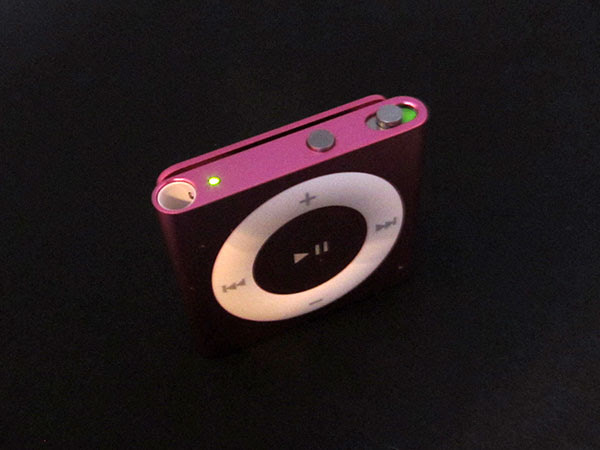
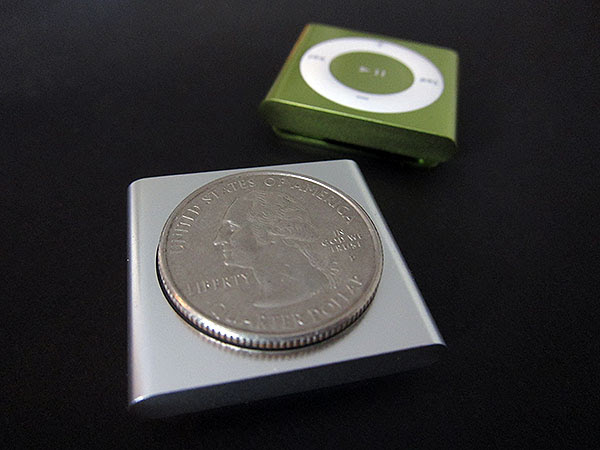
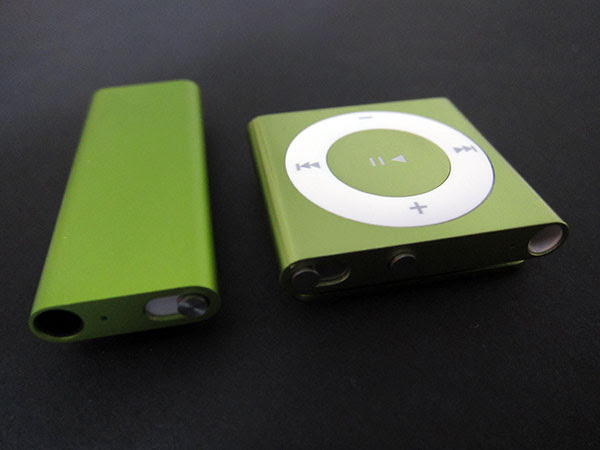
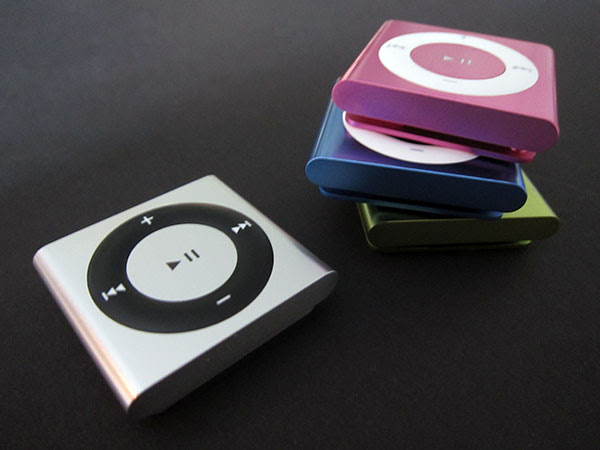
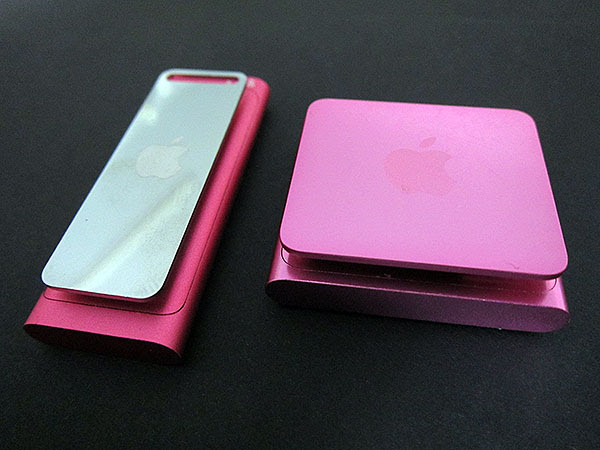
Subscribe to:
Post Comments (Atom)
Asmaul Husna 99 Beautiful Names of Allah

No comments:
Post a Comment